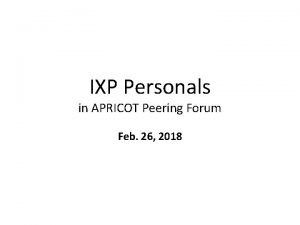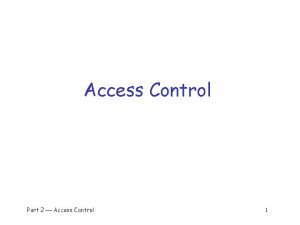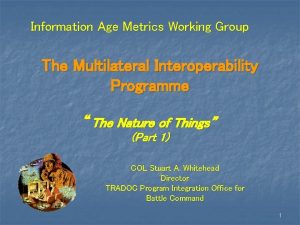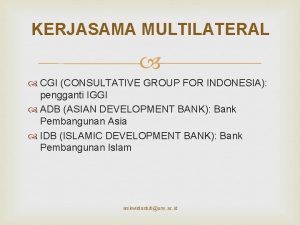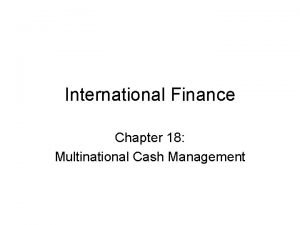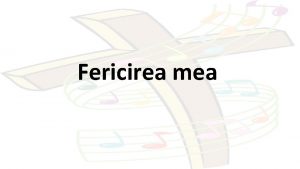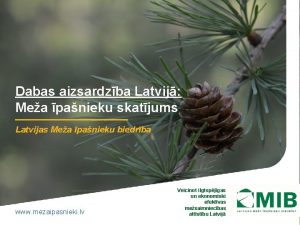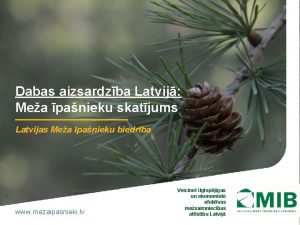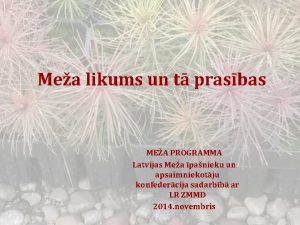Reporting to Multilateral Environmental Agreements MEA 16 th






- Slides: 6

Reporting to Multilateral Environmental Agreements (MEA) 16 th session of the Working Group on Environmental Monitoring and Assessment Istanbul, Turkey, 16 -17 April 2015 Lukasz Wyrowski, Manager, UNECE Programme on Environmental Monitoring and Assessment

Convention on Long-range Transboundary Air Pollution (CLRTAP) Emissions of pollutants into the atmospheric air 1) Emissions of sulphur expressed in sulphur dioxide (total, stationary and mobile sources) 2) Emissions of nitrogen oxides expressed in nitrogen dioxide (total, stationary and mobile sources) 3) Emissions of non-methane volatile organic compounds (NMVOCs) (total, stationary and mobile sources) 4) Emissions of ammonia (total, stationary and mobile sources) 5) Emissions of carbon monoxide (total, stationary and mobile sources) 6) Emissions of lead (total, stationary and mobile sources) 7) Emissions of cadmium (total, stationary and mobile sources) 8) Emissions of mercury (total, stationary and mobile sources) 9) Emissions of polycyclic aromatic hydrocarbon (PAH) (total, stationary and mobile sources) 10) Emissions of polychlorinated biphenyl (PCB) (total, stationary and mobile sources) 11) Emissions of polychlorinated dibenzo-p-dioxin and polychlorinated dibenzofuran (PCDD/F) (total, stationary and mobile sources) 12) Emissions of total suspended particles (TSP) (total, stationary and mobile sources) 13) Emissions of PM 10 (total, stationary and mobile sources) 14) Emissions of PM 2. 5 (total, stationary and mobile sources)

Montreal Protocol Substances that deplete the Ozone Layer (a protocol to the Vienna Convention for the Protection of the Ozone Layer) Consumption of ozone-depleting substances 19) Total ozone depleting potential (ODP) of chlorofluorocarbons (CFCs) 20) Total ODP of Halons 21) Total ODP of other fully halogenated CFCs 22) Total ODP of carbon tetrachloride 23) Total ODP of 1, 1, 1 -trichloroethane 24) Total ODP of hydrochlorofluorocarbons (HCFCs) 25) Total ODP of methyl bromide

Montreal Protocol Substances that deplete the Ozone Layer (a protocol to the Vienna Convention for the Protection of the Ozone Layer) Consumption of ozone-depleting substances 19) Total ozone depleting potential (ODP) of chlorofluorocarbons (CFCs) 20) Total ODP of Halons 21) Total ODP of other fully halogenated CFCs 22) Total ODP of carbon tetrachloride 23) Total ODP of 1, 1, 1 -trichloroethane 24) Total ODP of hydrochlorofluorocarbons (HCFCs) 25) Total ODP of methyl bromide United Nations Framework Convention on Climate Change (UNFCCC) Air temperature, Atmospheric precipitation, Greenhouse gas emissions 26) Average annual deviation from the long-term average temperature 27) Annual deviation from the long-term average precipitation 28) Aggregated GHG emissions including emissions/removals from LULUCF 29) Aggregated GHG emissions by energy, industrial processes, solvent and other product use, agriculture, land use and forestry, waste

Protocol on Water and Health Polluted (not-treated) wastewaters 64) Number of incidents of infectious diseases potentially related to water 65) Number of outbreaks for a number of infectious diseases potentially related to water UNEP/UNSD questionnaire related to access to drinking water and sanitation, United Nations Convention on Biological Diversity Protected areas 66) Total areas under protection (IUCN-categories)

Protocol on Pollutant Release and Transfer Registers (PPRTRs) Area affected by soil erosion 85) Number of soil contaminated sites by size and degree of contamination Basel Convention on Control of Transboundary Movements of Hazardous Wastes and their Disposal Management of hazardous waste 106) Hazardous waste generated 107) Hazardous waste imported 108) Hazardous waste exported 109) Total hazardous waste treated or disposed 110) Hazardous waste treated or disposed of which recycling, incineration, landfilling, other disposal 111) Stock of hazardous waste
